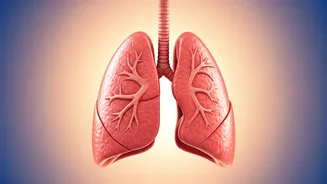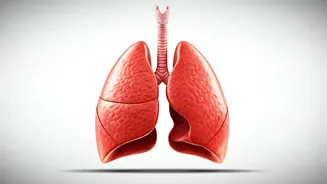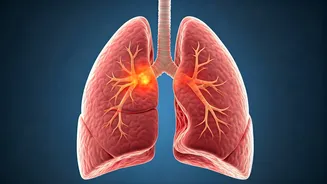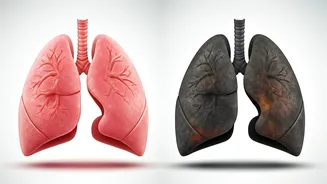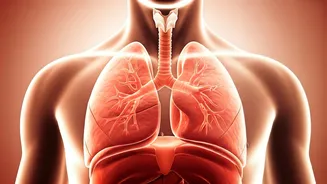Understanding Asthma Basics
Asthma, a chronic respiratory ailment, is marked by the narrowing and inflammation of the airways, resulting in breathing difficulties. Factors such as
allergies, infections, and environmental irritants can trigger asthma attacks. Symptoms often include wheezing, coughing, chest tightness, and shortness of breath. Controlling asthma effectively involves a combination of medical treatments and lifestyle adjustments. Understanding the nature of asthma and the triggers unique to each individual forms the foundation for effective management. Asthma affects millions of people globally, making awareness and proactive strategies crucial for improving quality of life for those afflicted. The key is recognizing individual triggers and implementing consistent strategies to mitigate them and achieve symptom control.
Diaphragmatic Breathing Explained
Diaphragmatic breathing, also known as belly breathing, is a fundamental technique for enhancing lung capacity and relaxation. This exercise focuses on deep, controlled breaths that utilize the diaphragm, the primary muscle involved in respiration. To practice, sit or lie down comfortably, place one hand on your chest and the other on your abdomen. Inhale slowly and deeply through your nose, allowing your abdomen to rise while keeping your chest relatively still. Exhale slowly through your mouth, feeling your abdomen fall. This method encourages fuller oxygen exchange. Regular practice strengthens the diaphragm, reducing the work of breathing and potentially lessening asthma symptoms. Incorporating this into your daily routine can yield noticeable improvements in breathing efficiency and overall calmness.
Pursed-Lip Breathing Technique
Pursed-lip breathing is a straightforward technique designed to slow down the breathing rate and keep the airways open longer, thus easing breathlessness. It's particularly useful during asthma flare-ups or when experiencing shortness of breath. To execute this technique, start by relaxing your neck and shoulder muscles. Inhale slowly through your nose, and then exhale slowly through pursed lips, as if you're whistling. The exhalation should be twice as long as the inhalation. This creates back pressure that helps keep the airways open and facilitates the release of trapped air. Pursed-lip breathing can be employed at any time to alleviate breathlessness and promote better oxygen exchange, providing relief during moments of acute breathing difficulty.
Box Breathing Benefits
Box breathing, also called square breathing, is a simple yet effective technique for improving breath control and reducing anxiety. It involves focusing on the rhythm of your breathing to promote calmness and relaxation. The exercise is named after the visual representation of a square or a box, where you inhale, hold, exhale, and hold, each phase taking the same amount of time. To practice, visualize a box. Inhale slowly through your nose for a count of four, hold your breath for a count of four, exhale slowly through your mouth for a count of four, and hold your breath again for a count of four. Repeat this cycle several times. Box breathing can be particularly useful during asthma attacks as it promotes a sense of control and calmness, helping to regulate breathing and reduce hyperventilation.
Incorporating Into Daily Life
Integrating breathing exercises into your daily routine enhances their effectiveness. Start by practicing these techniques regularly, even when you're feeling well, to build strength and familiarity. Set aside specific times each day for practice, such as mornings or evenings, and stick to this schedule. Create a calm and relaxing environment to optimize your breathing exercises, minimizing distractions. Practice in a comfortable position, whether sitting, lying down, or even standing. Be patient and consistent; it may take time to feel the full benefits. As you become more proficient, these exercises can become a valuable tool for managing asthma symptoms and improving overall lung function, empowering you to live more fully with confidence.


